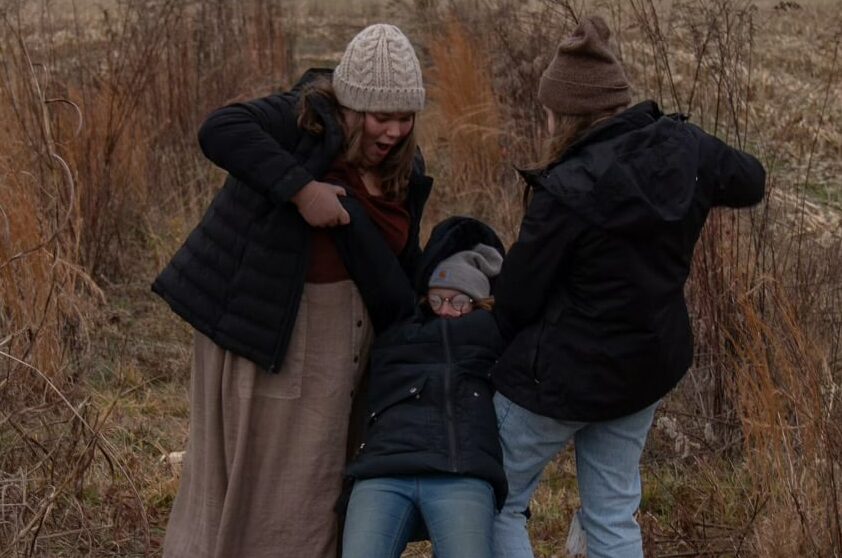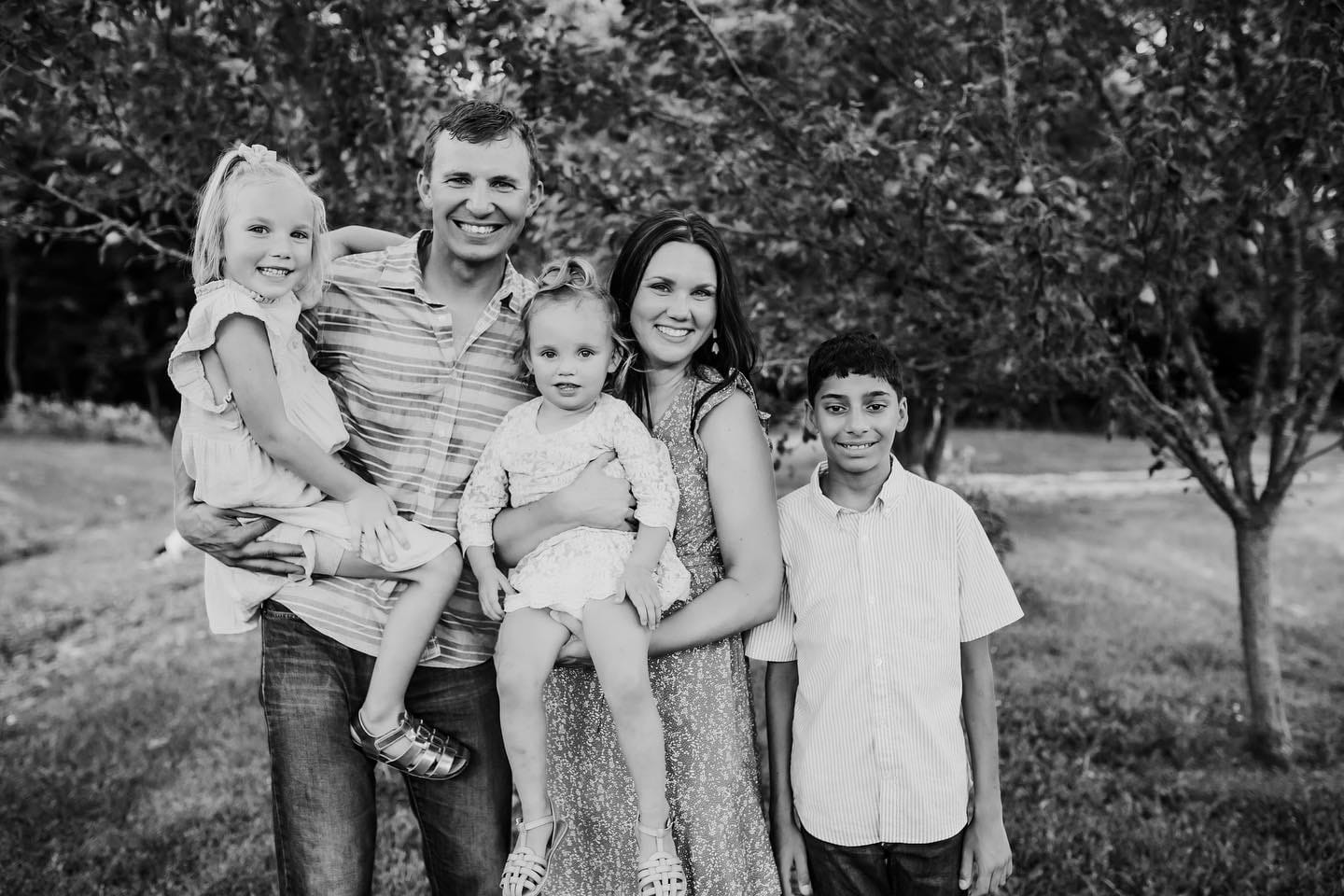
This summer a well known social media family announced that they had “rehomed” their adopted son and the internet went crazy.
Some people didn’t understand, some shared their opinions, some showed sympathy and others watched and tried to learn. But one thing was for sure: the idea of a family basically divorcing their adopted child was unsettling.
People reached out to The Archibald Project and asked us many questions like, how should they feel, what did we think, what could be done, how can families keep this from happening, etc. So we’ve reached out to many experts in the field to bring you the next month of podcasts and blog posts about Adoption Dissolution and Disruption.
For those of you who are new to the adoption world, or are unfamiliar with adoption dissolution, know that this is not a new practice. In fact, “individual studies of different populations throughout the United States consistently report disruption rates that range from about 10 to 25 percent.”
But before we jump too far into this topic, first let’s define what we are even talking about.
“The term disruption is used to describe an adoption process that ends after the child is placed in an adoptive home and before the adoption is legally finalized, resulting in the child’s return to (or entry into) foster care or placement with new adoptive parents.
What is dissolution?
The term dissolution is generally used to describe an adoption in which the legal relationship between the adoptive parents and adoptive child is severed, either voluntarily or involuntarily, after the adoption is legally finalized. This results in the child’s return to (or entry into) foster care or placement with new adoptive parents.”
So, adoption disruption is when a child is placed into foster care or another home before their first adoption is legally finalized and adoption dissolution is when a child is placed into foster care or another home after their adoption is legally finalized. Either way, an adopted child loses their adoptive family.
Here are the most common reasons why an adoptive family might choose to disrupt or dissolute their adoption: past sexual abuse and trauma causing the adopted child to act out in their family; physical, emotional and behavioral problems; inadequate parental preperation, training and support; unrealistic expectations, inadequate or insufficient information on the child and his or her history. Like we said, there are other factors that cause families to choose disruption or dissolution, but these are the common factors reported.
Here’s the thing: we aren’t here to tell anyone how they should feel about adoption dissolution and disruption, but we do want to give you facts and let you make your decision for yourself. It’s really easy to judge someone when you’ve never been in their position. It’s really easy to rush to assumptions and make claims about intimate family dynamics that you might know nothing about. We walk heavy into the coming month but are humbled to share about adoption dissolution and disruption from people who know and who’ve lived it. Stay tuned to hear all sides of the issue, from children whose parents disrupted their adoption, to moms who almost rehomed their children, to therapists and family counselors who have education and lived this firsthand. If you aren’t subscribed to our podcast you will want to click here to subscribe because our first episode on disruption drops tomorrow.



